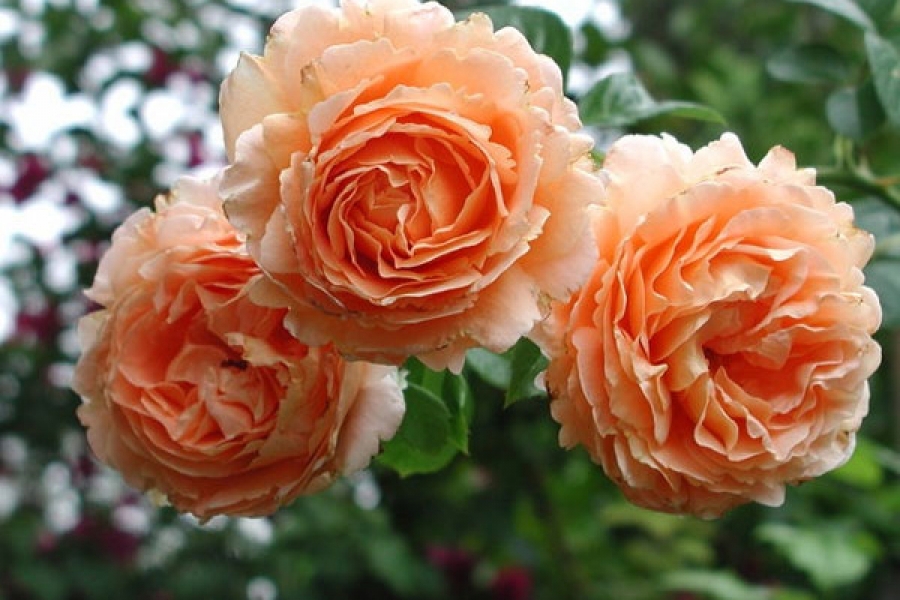Climbing rose Polka appeared in the family of climbing bushes thanks to the efforts of French breeders. Its name in international catalogs looks like the Polka rose. In the description it is stated - the length of the shoots is up to three meters, the flower is of a delicate pinkish-apricot color up to 10-12 centimeters in size, the aroma is weak, barely perceptible.
Rosa Polka (Polka) has beautiful dark green leaves and, with good care, produces many buds per season, blooms in several waves, in between which is covered with single flowers. Densely double inflorescences with wavy petals will not leave anyone indifferent.
It is grown on a trellis or an arch, the formation of a bush in the form of a horizontal low hedge is very popular.
Choosing the right place
Polka, like all roses, loves bright daylight and sun. But in the afternoon, the plant may well get burned due to direct exposure to scorching sunlight. Morning dew is also harmful to roses, creating a favorable environment for the development of pathogenic bacteria, because of which the bush can be affected by various diseases.
Therefore, the best place for a climbing rose will be a place where in the morning the sun's rays will fall on it, drying the dew, and in the afternoon - a light partial shade, for example, from an apple tree or other tree, a tall shrub. In addition, the plant needs protection from cold northerly winds; it may well be the wall of a building or a gazebo.
Landing rules
Climbing roses love soils in which water does not stagnate, but moisture remains for a long time. Therefore, only loams are fully suitable for them.
- heavy clay soils will have to be finished with the use of humus and bone meal, phosphate fertilizers;
- sandy - make it heavier with the addition of clay soils and humus.
Preparation of such a place should begin six months before the expected planting of roses in order to have lush flowering and progressive growth of the bushes.
In the autumn planting of roses, the ground part is shortened to 25-30 cm, cutting out weak and damaged shoots, all the buds below the grafting are removed from the grafted seedlings, the roots are processed by soaking them in a three percent solution of copper sulfate.
Spring disembarkation is more ruthless in pruning. Shoots are shortened to 10-20 centimeters, often watered and covered with a film or bag overnight to keep the soil warm and accelerate the survival of seedlings.
Care and agricultural technology
Agrotechnical measures are necessary, roses do not tolerate disorder and slovenliness:
- Regular watering in large quantities. To make the plant feel comfortable, the soil is soaked to a depth of at least 30 centimeters, a day after watering, loosening is performed around the bush in order to close the water and prevent the growth of weeds.
- Regular fertilization, at least five dressings per season - a large and powerful bush with many buds requires enhanced nutrition.
- Regular pruning to shape the bush in the desired style, stimulating flowering shoots along the entire length.
- Regular treatment against pests and diseases for preventive purposes.
- Creation of supports and trellises - climbing and climbing plants need them very much.
- Shelter for the winter, especially in cold regions.
A rose called Polka requires a lot of labor. This plant cannot be called unpretentious in any way. The queen, she is the queen, and the conditions for her growth must be royal. But its flowering will also be royal - large numerous flowers will delight the eye and soul throughout the entire warm period.















